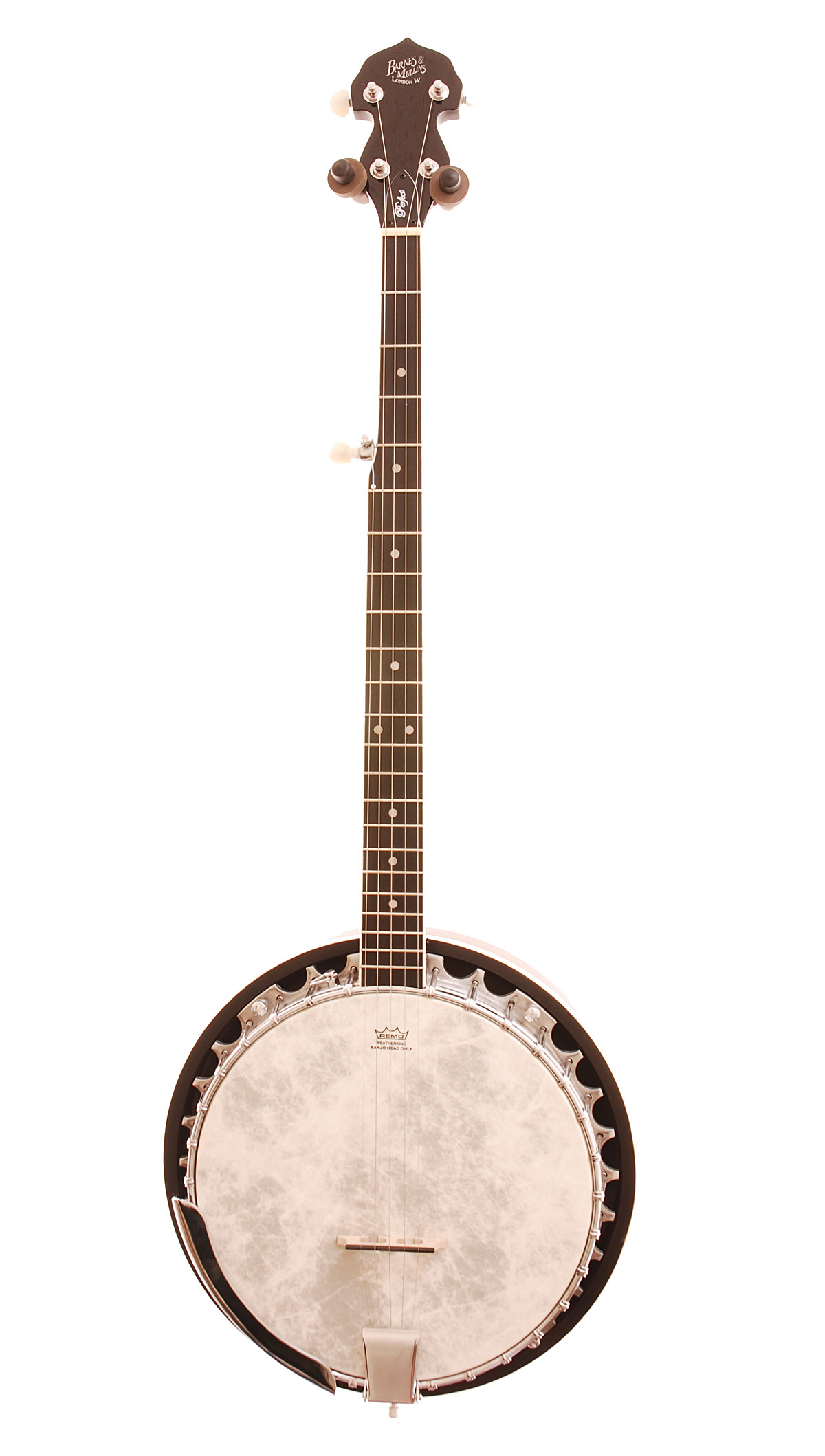
The larger side of the drum is called the 'bum' and the smaller side the 'tali', while the wooden drumstick is called a 'daunko'. Both sides of the drum are covered in taunt goatskin, which is tightened with the placement of circular elastic sticks around the outer side. The drum's sound chamber is typically fashioned from a single piece of a mango tree trunk. The Kanjhyoon/Talyoon are often played in accompaniment to either instrumental or vocal music, and are popular in the Sindh region (image and information from Baloch 1988). The percussion effect is produced by striking the discs together to procudce different rythems. These are a pair of small brass discs, with a ciameter of approximately 2 to 3 inches in size. The chung is vibrated with touches of the musician's fingers, with different tempos producing varying rhythms and tones (images and information from Baloch 1988).

The player puts part of the frame in the mouth, with open jaws, so that the chamber of the mouth amplifies the sound. The instruments are beaten with short wooden sticks bent outward at the upper ends, called damka (image and information from Baloch 1988). This percussion instruments is often played in pairs, where one naghara will produce low pitch beats called nar (the male) and the other for the high pitch bcats (the female).
#Five stringed instrument skin
The rounded section of the naghara is made of baked clay, while the flat side consists of treated skin which is fastened around the rim with string which is tightened over the back of the bowl. The term 'naghara' is the Sindhi form of the Arabic naqqarah. The Narr is usually about 2 to 3 ½ feet long when in a thinner and longer form is referred to as a Kani (images and information from Baloch 1988). To produce a sound the player will blow horozontinally at the top end. The Narr instrument is usually made from a variety of different types of reeds, pierced with four equi-distant holes towards the end and left open at both ends. In Sindhi, the term 'narr' simply means a reed plant which has stalks which can hollowed. The Narr is a very common traditional wind instrument of the Sindh and Baluchistan regions of Pakistan, as well as Iran and Turkey. This is held by the player in one hand and hit together to produce rhythmic beats (images and information from Baloch 1988). Below the group of bells is a thin circle of leather which acts as a handle.ģ) Chaparoon or Karrtaloon are a pair of rectangular wooden pieces, about 6 inches wide and 3 centimeters thick. Bells are strung and fastened at one end through a hole in the rod.

This is a consists of a wooden rod, approximately 2 to 2 ½ feet long, and 1 inch in diameter. Played as a string instrument, the pitch of the tone is adjusted with the end pegs.Ģ) The Dando is one of two percussion instruments which can accompany the Yaktaro. The strings are usually made of steel secured around wooden rods and pegs, and held by a semi-circular support of clay or metal which is positioned on the skin surface. A piece of prepared skin is fastened over the open part of the gourd, and a long wooden rod is inserted in the sound chamber. The Yaktaro is fashioned from a spherical gourd, often a pumpkin, which is dried, cut, and emptied. Often one individual will play more than one of these instruments while also singing.ġ) The Yaktaro is traditionally a Sindhi 'single-stringed' instrument, although a more sophisticated form has emerged with two strings which is known by the same name. While the Yaktaro, Dando, and Chaparoon/Khartaloon are distinctly different instruments traditionally used in Sindh, they are included here together as they are played simultaneously to provide both string and percussion. Yaktaro, Dando, and Chaparoon / Kharrtaloon Traditionally, Dilo or Ghaghar are played as accompaniment for the Yaktaro (images and information from Baloch 1988). Sound can be produced both by striking the sides of the jar, and manipulating the mouth. The Dilo and Ghaghar are percussion instruments. The clay for these instruments must be specially prepared by an expert potter to produce a consistent thin wall. The Dilo is a baked earthen jar there is a special variety known as Ghaghar, which is larger than the average Dilo with a shorter mouth of the jar and more protuberance in the sides. The notes for music are produced by blowing across the largest hole, while fingering the smaller holes to produce specific notes (images and information from Baloch 1988). Artisans make larger borrindos with intricate designs and fire the clay. This simply constructed instrument is sometimes made by children in the region.

The borrindo is made of clay commonly available in most of the central Indus Valley, and is thus often used in Sindh. The holes are arranged in an isosceles triangular form. The top hole is larger than the others, which should be of the same size. The borrindo is a hollow clay ball with three to four holes.


 0 kommentar(er)
0 kommentar(er)
